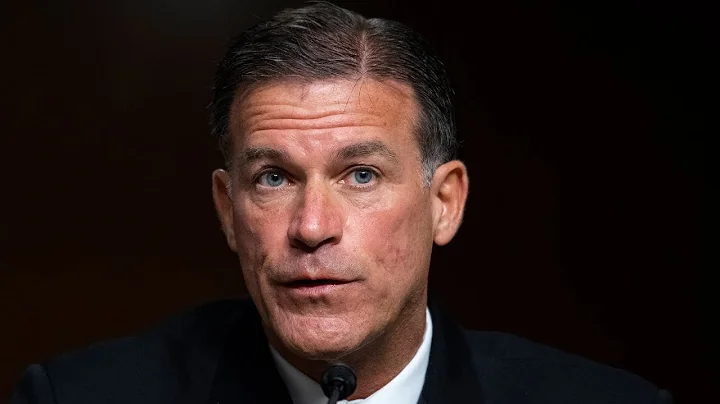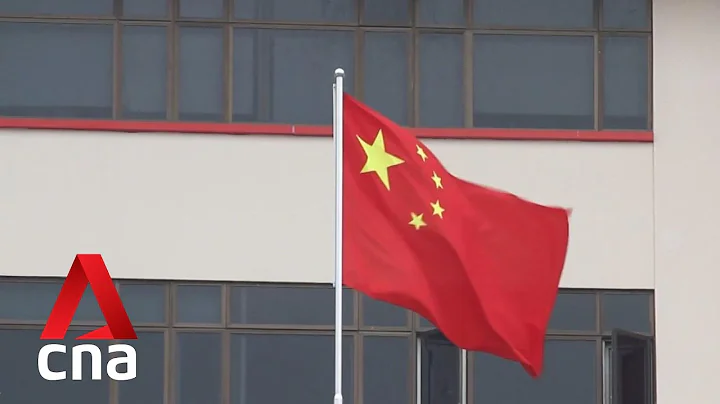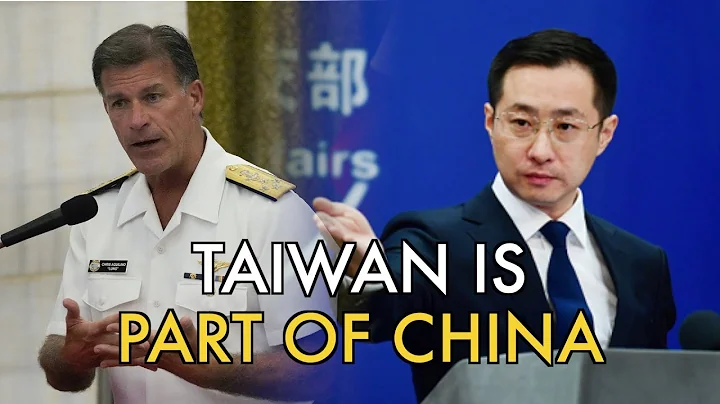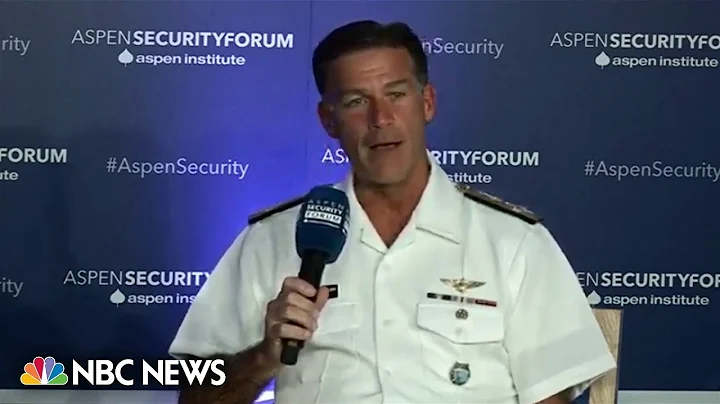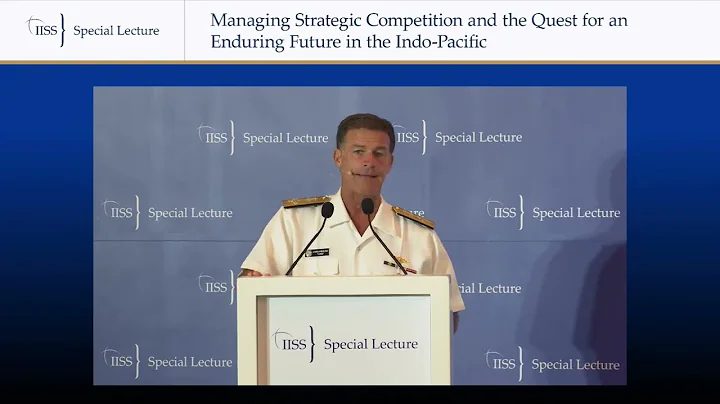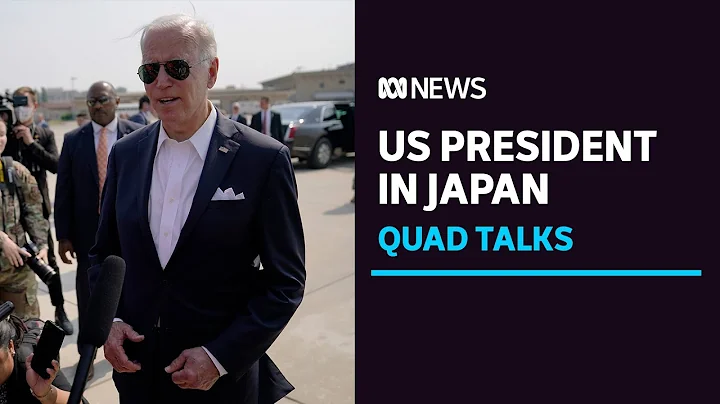According to a report by Observer Network on June 26, the "China threat" has once again become the focus of the US Indo-Pacific Command's hype. Aquilino, commander of the US Indo-Pacific Command, recently stated when participating in a US agency event that China and Russia " Once the "endless" strategic cooperative relationship is realized, the US military base in Guam will be in danger. In February this year, Russian President Vladimir Putin visited China and participated in the opening ceremony of the Beijing Winter Olympics. China and Russia jointly set the tone for the cooperative relationship between the two countries and pointed out that "China-Russia cooperation has no terminal, only gas stations" and "China-Russia cooperation has no terminal." Set an upper limit, and the cooperation between the two parties will not target third parties and will not be interfered by third parties." US Indo-Pacific Commander-in-Chief Aquilino’s threats against China-Russia cooperation are related to two factors.
First, China-Russia strategic cooperation represents a new type of major power relations of "partnership without alliance". Bilateral cooperation is conducive to safeguarding the interests of most countries in the world in a multipolar world. This is what the United States, which is committed to maintaining a unipolar world, does not want to see. Arrived. Second, as the world's largest military force, the U.S. military spends more than the rest of the world's top ten military spending countries combined. Military spending accounts for 4% of the United States' total economy, and it is still rising. The U.S. military is constantly promoting threats from other countries. method to legalize their own expenditures in the United States.

Members of the US Senate recently proposed that US military spending should be increased from the previous US$810 billion to approximately US$860 billion in order to expand the US military presence in the Asia-Pacific region. The U.S. military-industrial complex has formed a huge interest group including arms dealers, military systems, lawmakers, media, and think tanks. When U.S. lawmakers speak out to increase military spending, the voice of the commander of the U.S. Indo-Pacific Command further promotes the increase in U.S. military spending. .
U.S. Indo-Pacific Commander Aquilino used the threat from China and Russia as a way to demand a larger proportion of the U.S. military expenditure quota. However, it is the U.S. military that intensifies regional tensions. Aquilino has repeatedly made wrong remarks on the situation in the South China Sea and Taiwan Strait. Some time ago, he even took a military plane to conduct provocative actions near the waters of the South China Sea. The U.S. military power in the Asia-Pacific region has greatly intensified tensions in the South China Sea and the East China Sea. At the same time, it has continuously sent wrong signals to the "Taiwan independence" forces in Taiwan. It is urgent for the People's Liberation Army to continuously strengthen its ability to defend the country.

Whether it is the longest-lasting ocean-going actual combat training of the eight-ship formation of the Liaoning ship aircraft carrier in May this year, or the tri-service joint exercise held by the PLA’s Eastern Theater Sea and Air Conventional Missile Force in the Taiwan Strait and other waters surrounding China, or the more than 80,000-ton The launch of the electromagnetic catapult aircraft carrier Fujian is further strengthening China's maritime defense line. China's sovereignty cannot be interfered with, and China's maritime defense lines cannot be violated. In addition, the People's Liberation Army's H-6 bombers and Russian Tu-95 bombers also held joint strategic cruises at the end of last month with the cooperation of fighter aircraft from both sides. China and Russia have raised the multi-polar banner of multilateral cooperation in various fields and clearly opposed hegemony Say no.
The jackal has a shotgun. US Indo-Pacific Commander Aquilino used "threat to the Guam base" to denigrate the development of China's maritime military and the strategic coordination between China and Russia. This just shows that the Chinese navy is further moving into the deep blue and the global multilateral cooperation field continues The need to open up. For a long time, the United States has used island chain tactics to contain China, and built multiple blockade networks to squeeze China's sea power at sea around "Taiwan independence" forces, US military bases in Japan, South Korea, and the Philippines, US military bases in Guam, and US military bases in Hawaii.

With the PLA's three-dimensional anti-ship capability now complete and the three-carrier formation's combat capabilities gradually taking shape, the United States' blockade plan can no longer proceed. Amid the changes, the United States will invite Japan, South Korea, Australia, and New Zealand, the four Asia-Pacific countries, to participate in the NATO summit for the first time in the near future. It is trying to expand NATO near China and use the old mechanism from the Cold War to create a blockade of China's sea power. of new curtain walls. In this context, strategic cooperation between China and Russia is very necessary, and the continued growth of the PLA Navy is imperative.


